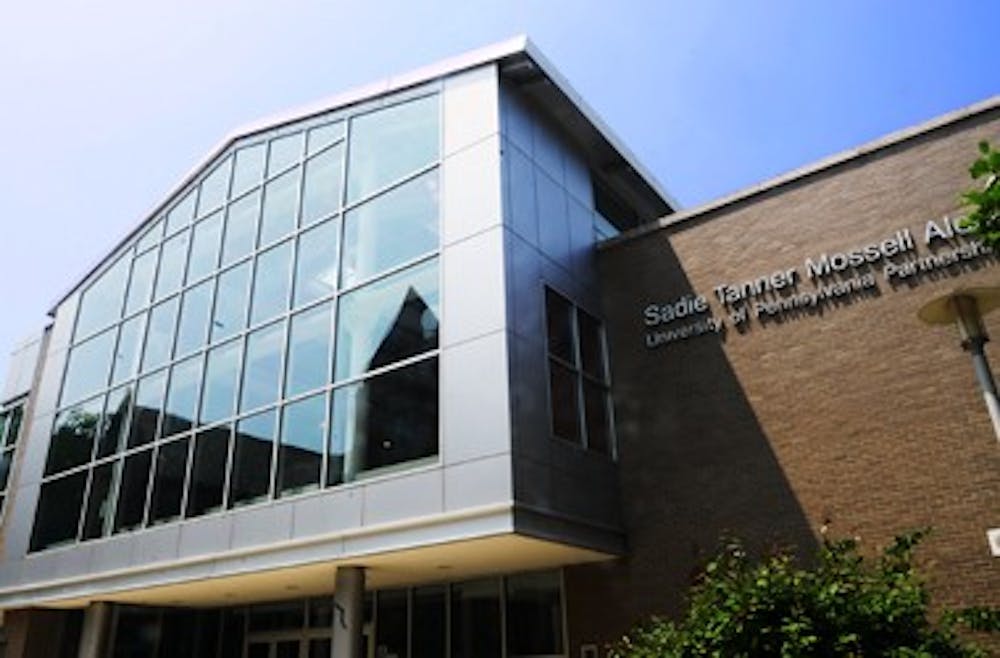The Penn Alexander School — an elementary school at 4209 Spruce St., created from a partnership between Penn, the School District of Philadelphia and the Philadelphia Federation of Teachers — is facing potential overcrowding for the first time in its history.
The school opened in 2001 to encourage “urban renewal, [ease] overcrowding in area schools and [serve] the children of the city with a joint venture in educational improvement,” according to Penn’s Graduate School of Education website.
However, the school’s kindergarten and lower grade enrollments are “at capacity,” Philadelphia School District spokeswoman Shana Kemp said. The school has 587 students enrolled this school year, up from 475 in 2004, according to The Philadelphia Inquirer.
In order to avoid overcrowding at Penn Alexander, the district is reassigning potential students within the school’s catchment — the geographic area from which students are assigned to a school — to other local schools.
But these other schools, including Henry C. Lea Elementary School on 47th and Locust streets, fall short of Penn Alexander in several respects. For one, they don’t receive the $1,330 subsidy from Penn per student per year to lower class sizes and improve education that Penn Alexander enjoys.
“If the parents agree with [the reassignment], that’s where they go,” Kemp said of the students, “but they can also look for other options,” including private schools, which parents would have to pay for themselves.
Erin McCleary, a parent and Penn alumna who is a founding member of the West Philly Coalition for Neighborhood Schools, expressed concern with Penn Alexander reaching capacity.
“This is obviously a very unwelcome development for families who bought homes in the catchment for a significant premium because of [Penn Alexander],” she wrote in an email.
Lea Elementary School and Wilson Elementary School, another area school that would take students from Penn Alexander’s catchment, “lack the financial support [Penn Alexander] has from Penn and don’t currently attract many families who are able to invest time and resources in their childrens’ school,” McLeary added.
“While I understand that many [Penn Alexander] parents are very angry right now at the school district, I would love to see that anger turned into energy focused at making Lea and Wilson” as good as Penn Alexander, McLeary wrote.
The growth in interest in Penn Alexander corresponds to a rise in home prices and home ownership rates in the area.
According to a Penn Institute for Urban Research study published in April, prices of Philadelphia homes have increased by 50 percent above the general rate of inflation since 1998.
However, prices of homes in the Penn Alexander School catchment area have shown an even more pronounced increase — prices have gone up by 211 percent.
The study attributes an increase in home ownership in the University City neighborhood — particularly in the Penn Alexander School catchment area — to “an increase in the neighborhood’s desirability during this period, as well as optimistic expectations for desirability to continue in the future.”






